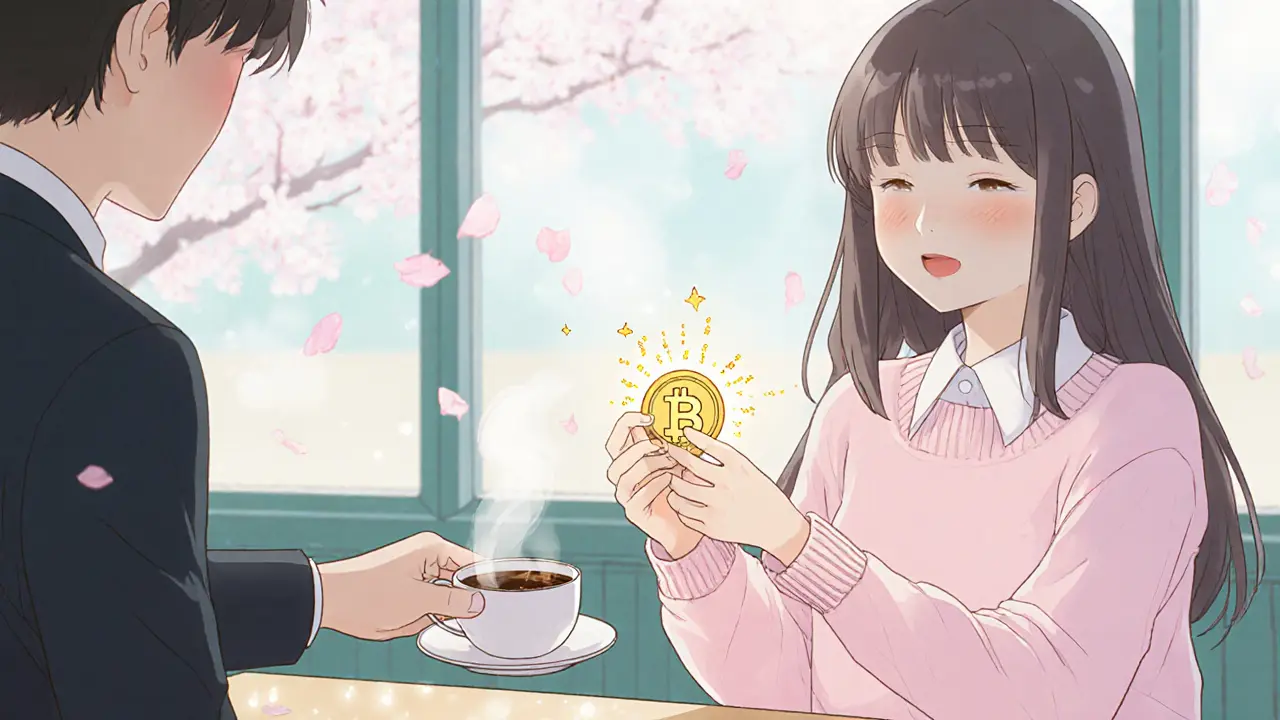MicroBitcoin (MBC) is a Bitcoin hard fork built for micro‑transactions. Learn its tech, supply, mining, exchange listings, use cases, and risks in this in‑depth guide.
Microtransactions
When talking about microtransactions, small‑value digital payments enabled by blockchain technology. Also known as tiny crypto payments, they let users spend fractions of a coin on items like game skins, content unlocks, or even a single tweet tip. Cryptocurrency, a digital asset secured by cryptography and decentralised ledgers provides the backbone, while smart contracts automate the transfer without a middleman. This combination means you can buy a virtual sword for a few cents without waiting for a bank to clear the transaction.
Why Gaming Tokens Drive the Micro‑Payment boom
One of the most visible use‑cases comes from Gaming tokens, cryptocurrency‑based assets used inside video games for purchases, rewards, or staking. Games like Forgotten Playland (FP) or Gooeys (GOO) let players spend micro‑caps on in‑game items, turning a hobby into a small‑scale economy. The token’s design often includes low fees and fast settlement, which are crucial when thousands of players are making purchases worth less than a dollar each day. In practice, a player might spend 0.0001 ETH to unlock a new avatar, and the blockchain records that tiny move instantly.
Behind the scenes, layer‑2 solutions and sidechains act as the payment rails that keep costs down. Think of them as faster highways that sit on top of the main blockchain, handling micro‑transactions while still inheriting the security of the base layer. When a user buys a digital sticker on a BNB‑Chain DEX like KnightSwap, the transaction settles on a sidechain, keeping gas fees pennies instead of dollars. This infrastructure makes it affordable to process millions of tiny payments without choking the network.
Tokenomics also shapes how micro‑transactions feel to the end user. Projects often set a low token price, high supply, and minimal transaction fees to encourage frequent use. For example, SMOG on Solana uses a deflationary model where a tiny fee is burned on each trade, creating a subtle incentive to keep the ecosystem active. Likewise, airdrops tied to micro‑transaction activity reward users who frequently engage, turning everyday spending into a way to earn more tokens.
Security and risk are part of the picture, too. Because each micro‑payment is a blockchain transaction, it inherits the same vulnerabilities as larger moves: smart‑contract bugs, network congestion, or malicious actors trying to spam the system. Developers mitigate these risks with audits, rate‑limiting, and anti‑Sybil measures that stop bots from gaming the system. Understanding these safeguards helps users decide which platforms are trustworthy for their tiny purchases.
All of this ties back to the broader crypto ecosystem. Whether you’re scanning a list of new tokens, comparing exchange fees, or checking out an airdrop, micro‑transactions pop up everywhere. The articles below dive into specific coins like KnightSwap (KNIGHT), TERMINUS, and SMOG, break down exchange reviews, and explain how airdrop mechanics intersect with everyday spending. By the end, you’ll have a clear picture of how small‑scale payments are reshaping digital markets and what tools you need to navigate them effectively.





